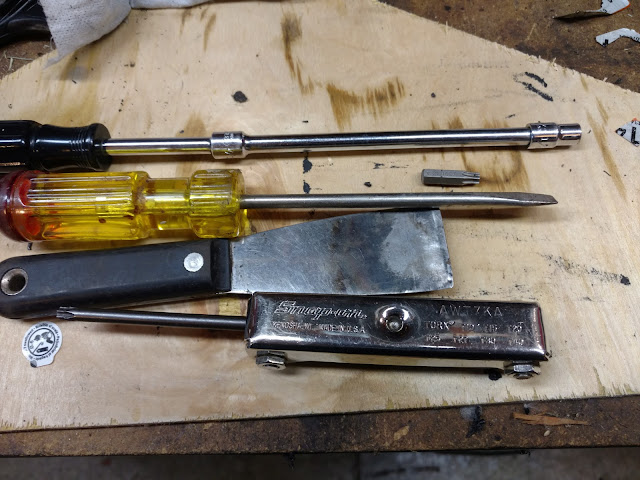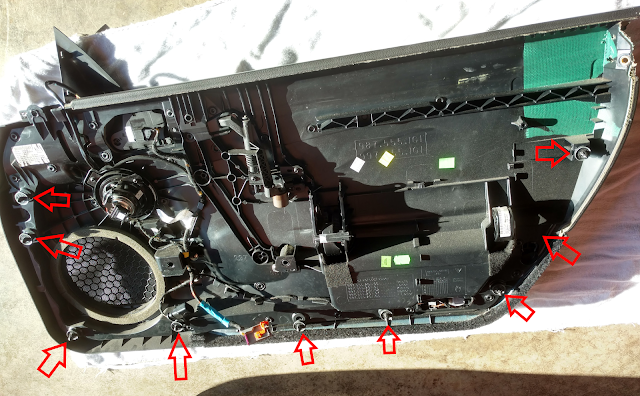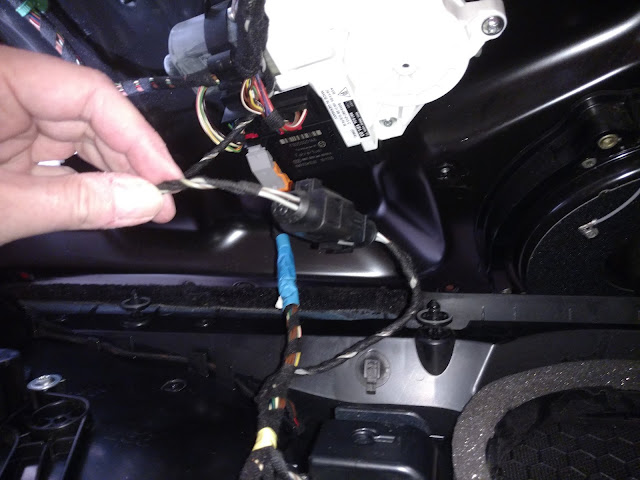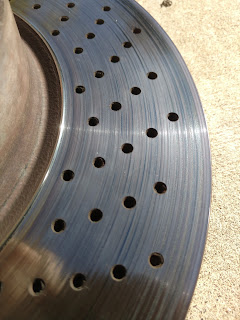I bought this Cayman S in 2014 and wrote an article about the buying experience and first impressions. Recently this car hit 80k miles (actually just under but close enough) so I would I would write a review of what it has been like since I bought it. This is my second Porsche. The first was a 1987 944S. This car is a huge upgrade in every way. This is the best car I have owned, especially from a driver engagement perspective. When you first get in you already know you are in a very special car. Often when I am at the gas station filling up I get compliments on the car. When you start up the flat 6 in the morning it rumbles for a bit as the catalyst warm-up strategy makes for a lopey idle that sounds great. I have done just a couple minor modifications, 2 of which improved the engine sound. The first was to replace the restrictive exhaust outlet. The second was removing the baffles from the air box and installing a K&N filter. Now you can really hear the sweet induction sound which is hard to describe with words. I drive the car daily as long as there is no salt on the roads (which takes out most of the winter). I also give it proper exercise by doing a few track days each year. On the street you find that you don't even need to brake where you would with mortal cars. The cars ability to effortlessly change directions is pure magic.
The Good
Pretty much everything!
- World class leading handling. Confidence inspiring. I can't properly describe the feel of this car in words. You must drive one to understand (not recommended unless you are ready to buy one). It feels more like a streetable race car then a raceable street car.
- Awesome looks. You can see both form and function in this design.
- Mid-engine behind driver design. Did I mention how well this handles!
- Great engine. Sound is amazing and power is also good. Sure, I could always make use of more power but I don't find myself pining away for it. As you hold the throttle open you can hear the cams phase and open up the flow. When you upshift at redline you get this incredible wail that reminds me of the F1 cars in the V8 days.
- Comfortable seats. I have the standard seats (versus the sport) and even these are great. Its easy to get in and out yet they still hold you well at the track.
- Practical spaces to carry stuff. With 2 trunks you actually have good space to carry stuff for a sports car.
- Excellent dash and gauges. All the info you need at a glance. The analog speedo is a bit less useful but the tach and display are perfect.
- Great interior.
- The ride is spot on. A bit firm on rough roads and it could use a bit more firmness on the track but this is a great middle ground. Its firm but not jarring on rough Midwest roads yet still great at the track. I don't have the active shocks (PASM) and that would likely improve this even more at the track.
- General ergonomics. Everything is where it belongs and is intuitive to use.
- Very simple to change brake pads. With fixed calipers you just pull a pin and the pads come right out. This is more important when you tack it as you change pads often.
- I can comfortably fit with a helmet on.
- The seats go low enough. In most cars it feels like you sit far too high. This one lets you lower the seat down where it should be.
- Great automatic HVAC. Automatic HVAC systems are not created equal. This one however works very well. I set it and forget it.
- Sport Chrono sport mode. My car has the Sport Chrono system. While I don't really use the timer, part of this feature in this car is a sport mode for the engine and traction control. This makes the throttle response crisper, changes to a hard rev limit, and relaxes the traction control nannies so you can have more fun while still not crashing.
- You don't have to waste money making your engine look good because nobody can see it anyway. It runs and sounds fantastic and that is what really counts.
- Fuel economy. Around town I often get over 20mph even with my lead foot and short drives. At the track I can go 4 sessions on a tank of fuel which is great. The highway fuel economy is less good, around 26mpg. If this car had a 7th gear it would likely do well over 30mpg. At 75mph it is running at 3,000rpm. Fuel economy is certainly not the focus of this car.
Gripes
This is a short list of minor whining.
- Every other car now feels less good. The bar has been raised very high and other cars that you once really liked are now below the bar.
- Crankcase breather issue. Occasionally at the track it will carry oil over into the intake. At times this causes smoke on start up. I have only had this happen a few times and only at the track. I may have overfilled it as well. There is a motorsports breather available that fixes this.
- I cannot reset the oil change reminder without buying expensive tools.
- A weak battery can cause the body control to reset to factory defaults. You have to go to the dealer to get features re-enabled. Never let the battery get run down. Keep a maintainer on it when storing. Keep a fresh battery in it.
- No radiator grilles. There are many fixes for this. Mine is in this article: https://jimroal.blogspot.com/2015/05/porsche-cayman-s-grilles.html
Maintenance & Repairs
Overall this is a very reliable and durable car. I don't drive it easy either. It is also surprisingly easy to work on.
- Tires. Since I do track days its rare tires make it 15k miles. Nothing wrong with the car here. Cost of the tires are actually what I consider reasonable. I can get the top of the line Michelin Pilot Super Sports for under $1k. I have the 18" rims. For the track more negative camber is needed and you should also set the toe to 0. I did a crude adjustment and the tires now wear better at the track.
- Brakes. Like tires, brakes will go fast if you do track days. Good pads for this car cost about $200 per axle set (or $400 all around). Again, these are good pads. I'm sure you can find cheaper pads but never try to save money on brakes by going with poor quality. I generally use Hawk pads. I do have a street set and a different set for track. More on brakes here.
- Oil & filter. This is very simple to do at home. I back the car up on ramps. The filter and drain plug are right next to each other. It takes 8.5 quarts of Mobile One 0W-40. Oil change costs about $80 to do at home.
- Spark plugs. When I first got this car I thought engine access would be a challenge but really it is not. Changing the plugs involves removing the rear wheels and a small plastic panel. After you do that you can easily see all the coils. Its not hard at all.
- Interior rattles. After 80k of Midwest crappy roads and track days it did develop a couple rattles. One was around the drivers door speaker which I fixed by removing the door panel and tightening everything up. Another was with the third brake light assembly in the hatch. Again, I removed the hatch interior panel and tightened everything up. Another was in the right rear speaker area, again removing trim, tightening stuff.
- Catalyst DTC. When I bought the car with 60k miles it had a DTC for catalyst efficiency failure. I addressed this by moving the HEGO for now. I would like to upgrade to some good headers which will also correct this. The efficiency fault just means it is not fully catalyzing the exhaust. It does not cause any other problems. This is likely doe to a crankcase breather issue causing oil carry-over. That breather assembly was replaced just before I bought the car.
- Battery. Normal cost and easy to change.
- Hood struts. Typical cost and easy to change.
- Brake light switch. Typical cost and easy to change.
- CD Changer failed. Who cares. You have a wonderful flat 6!
- Clean the radiators and install grilles. Without grilles the radiators collect every leaf and rock they can find. Mine were probably 50% plugged yet the car did not run hot. Of course, I cleaned them before I went to the track.
- Starter noise. I just replaced the starter. It was under $200 for a reman and simple to change.
- Weak battery caused the body control to reset to default. I had to take it to the dealer for an initialization procedure which involves connecting the service tool and enabling the features for the car. It cost me $70. Until I had that done my heated seats and garage door opener would not work.























































